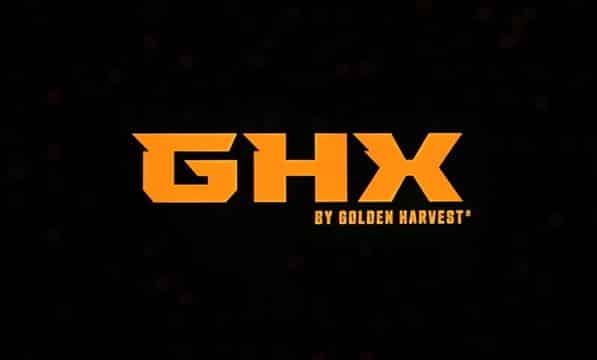IARN — Grain markets endured a “wild week.” A market analyst shares what we can learn from this past week and what producers should do moving forward.
Matt Bennett, founding partner of Ag Market, says, “It was a wild week.” The U.S. Department of Agriculture (USDA) on Tuesday released its November World Agricultural Supply and Demand Estimates (WASDE) report, which fueled an already generous market.
“The report was extremely friendly,” Bennett says. “We had seen a lot of buying in the last few weeks, (and) a little profit taking going into the end of October, and in and around the election. Then a little more fervor. You come into this report and drop carryouts to 190 million bushels (soybeans) and 1.7 billion bushels (corn), that’s as tight as what we saw back in 2013 on both crops.”
On Wednesday and Thursday, “The shine was taken off the market,” for a couple different reasons, says Bennett.
“Essentially, this COVID-19 flare-up has the trade spooked. Are we going to see a selloff similar to what we saw in the spring? I think that’s what people are fearful of,” Bennett says. “That, as well as some profit-taking. Let’s face it: These longs have made money in the market in the last few weeks. Taking profit off the table is probably not a bad thing to do.”
Bennett encourages producers to start thinking ahead, as “we could be looking at a nice, stable income year in 2021.”
“As far as your old crop is concerned, sell some. As far as ’21 crop goes, run the numbers. Where can you be profitable at?,” Bennett asks. “If you can be profitable above four-dollars (for corn) and profitable above 10-dollars, (which) we’re safely above that on beans, step in and make a sale, or simply put a floor under the market. I don’t like selling cash bushels this far in advance, but writing an HTA, or true hedge makes quite a bit of sense to me. Or buying a put option.”
Story courtesy of the Iowa Agribusiness Radio Network










